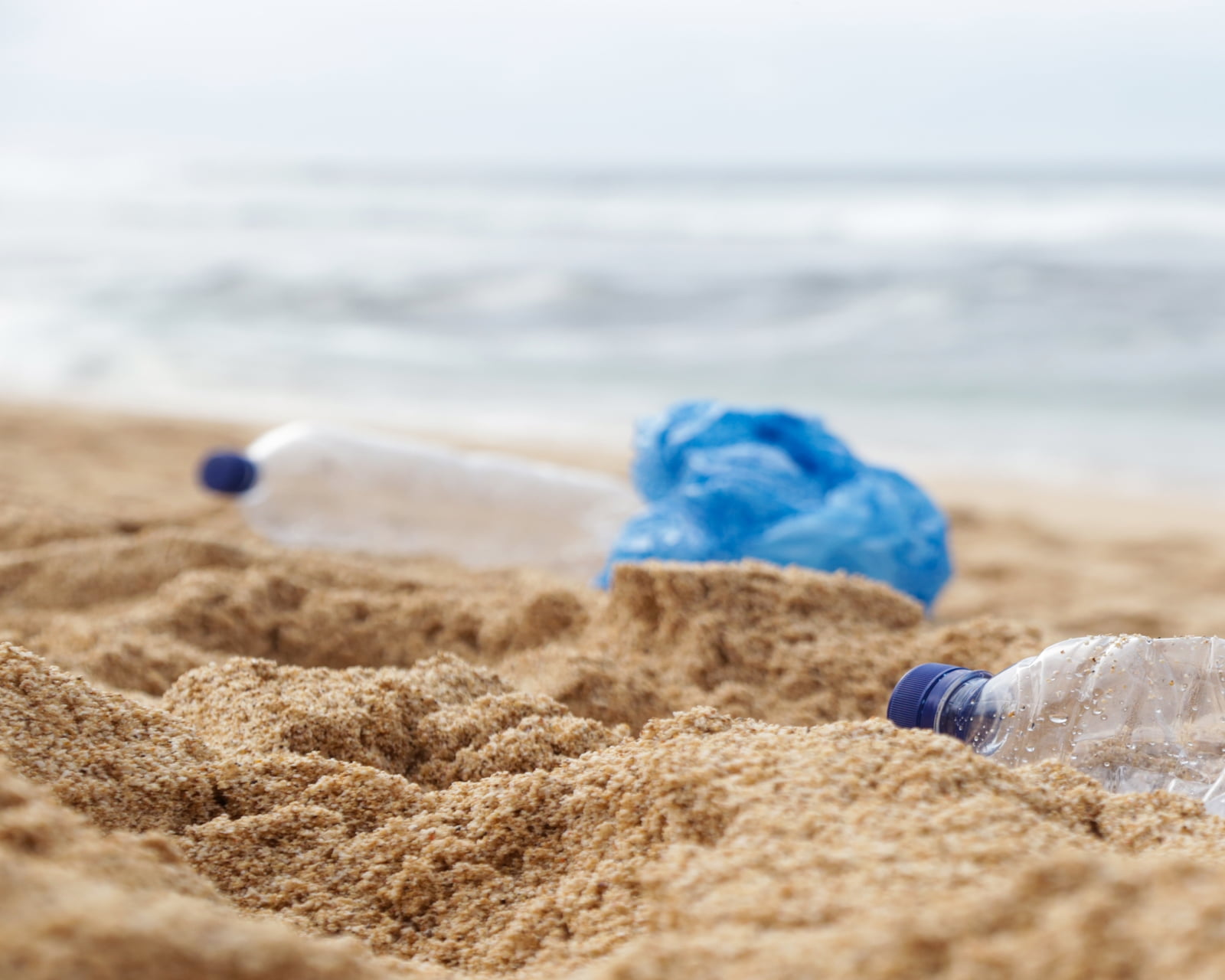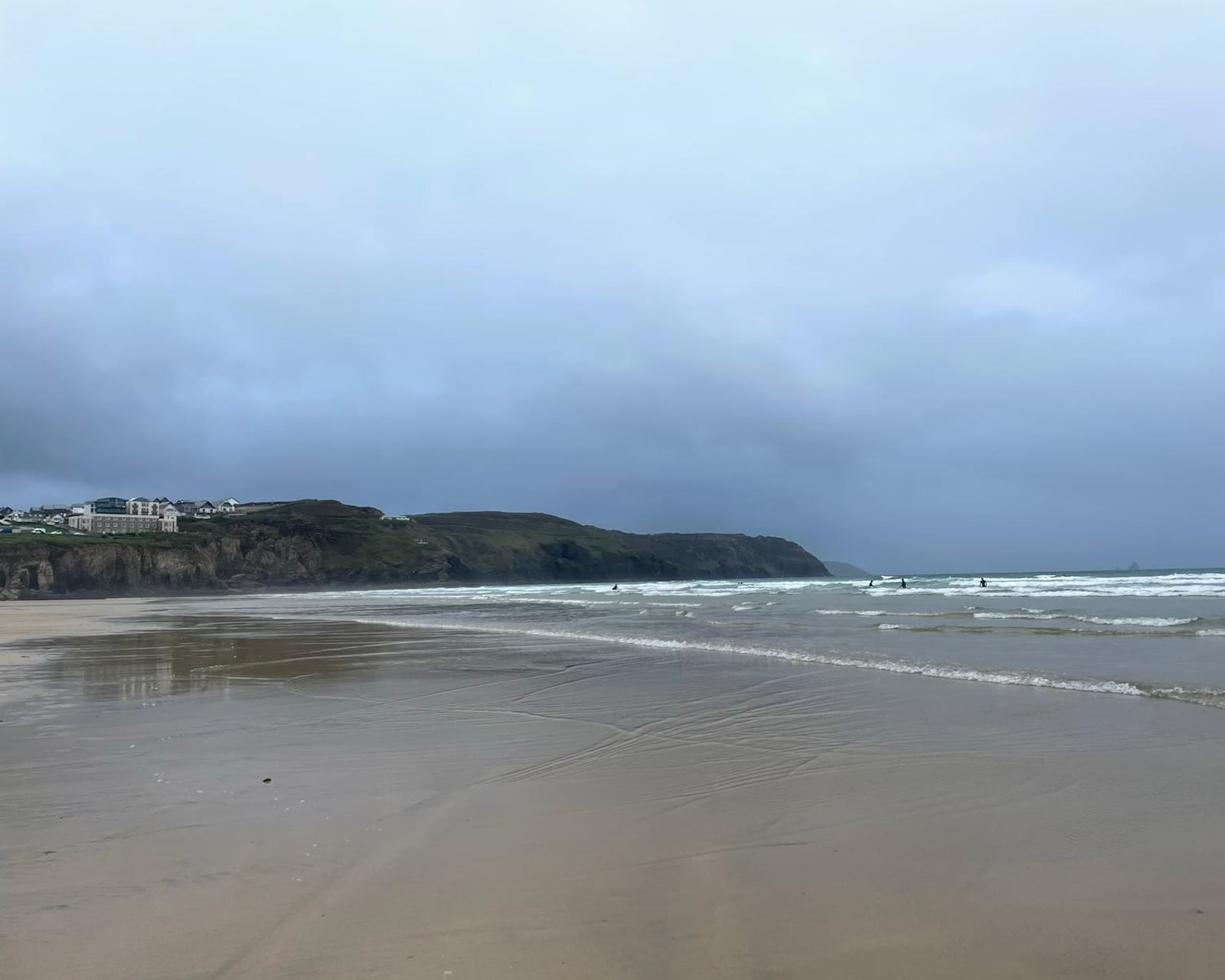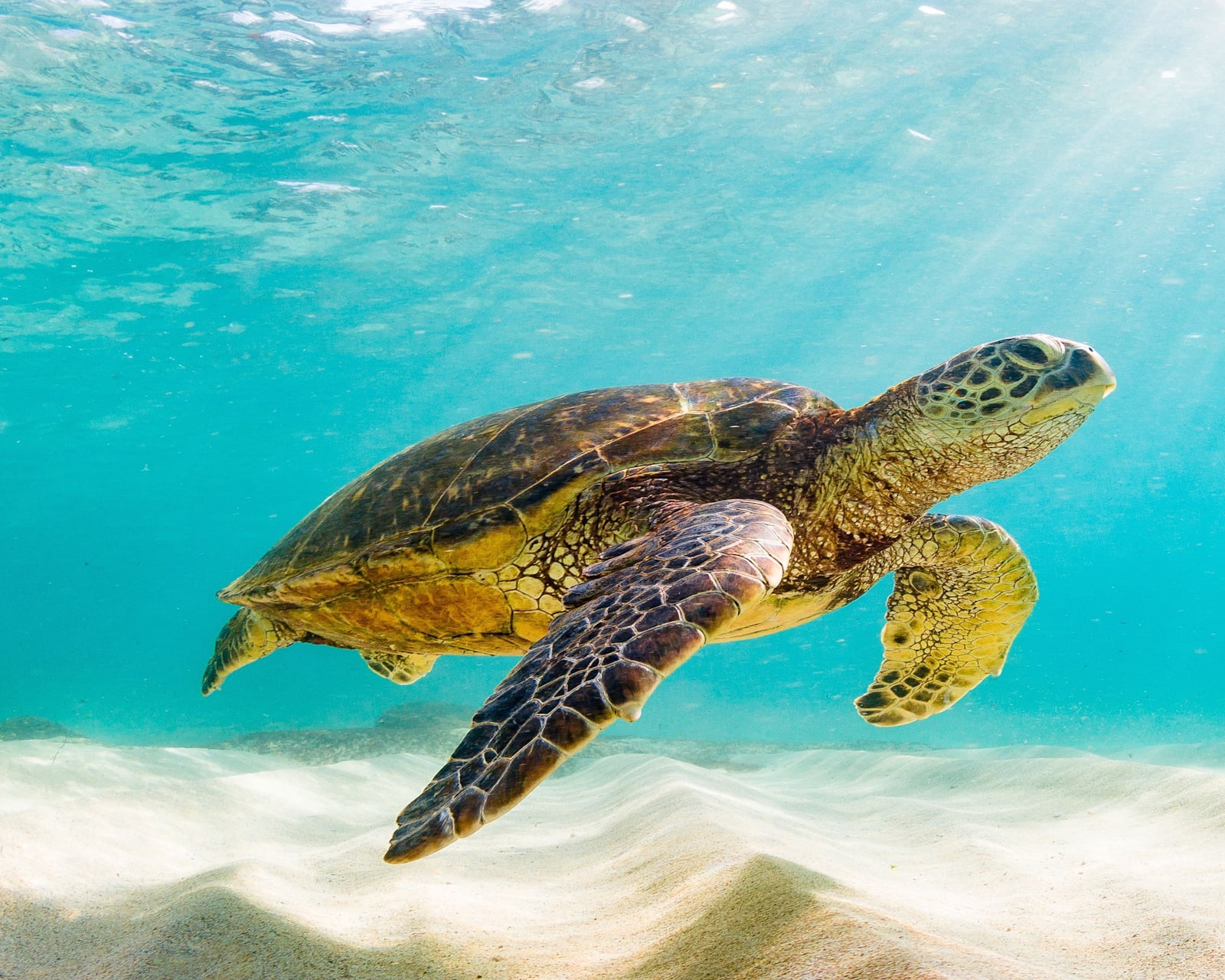Single Use Plastics
Single-use plastics, are typically used only once before they are thrown away or recycled. These include plastic bags, straws, coffee spoons, fizzy drinks and water bottles, as well as many ‘convenient’ food packaging solutions. The issues associated with single-use plastics are significant:
- Environmental Pollution: Single-use plastics are a major source of pollution. They often end up in oceans, rivers, and other natural environments, where they can cause harm to wildlife and ecosystems. Plastic debris in oceans can be ingested by marine animals, leading to injury or death, and can also introduce toxicity into the food chain.
- Non-Biodegradable: Most single-use plastics are made from petroleum-based polymers that are not biodegradable. They can take hundreds, if not thousands of years to decompose, leading to long-term environmental contamination.
- Resource Intensive: The production of single-use plastics consumes natural resources, including oil and natural gas. This process contributes to greenhouse gas emissions, exacerbating climate change.
- Waste Management Challenges: The high volume of single-use plastics poses considerable challenges for waste management systems. Recycling rates for these plastics are generally low, partly due to contamination issues and the cost of recycling. As a result, a large amount of single-use plastic waste ends up in landfills or is incinerated, further contributing to pollution and greenhouse gas emissions.
- Economic Costs: The environmental damage caused by single-use plastics can have economic repercussions, such as the costs associated with cleaning up litter and the negative impact on tourism in areas with significant plastic pollution.
In response to these issues, many governments and organizations are implementing policies to reduce the use of single-use plastics, promote alternatives, and enhance recycling and waste management systems. There is also a growing movement among consumers to reduce personal plastic use and support sustainable practices.
References
Bartolotta, J.F. and Hardy, S.D. (2018).
Barriers and benefits to desired behaviors for single use plastic items in northeast Ohio’s Lake Erie basin. Marine Pollution Bulletin, 127, pp.576–585. https://doi.org/10.1016/j.marpolbul.2017.12.037.
GreenPeace (2017).
How does plastic end up in our oceans? YouTube. Available at: https://www.youtube.com/watch?v=Our5CZz5qoU [Accessed 23 Oct. 15AD].
Herweyers, L., Moons, I., Barbarossa, C., Patrick De Pelsmacker and Els Du Bois (2023).
Understanding who avoids single-use plastics and why: A cross-country mixed-method study. Journal of Cleaner Production, [online] 414, pp.137685–137685. https://doi.org/10.1016/j.jclepro.2023.137685.
Phạm Thiện Ngọc, Phuong, V.-H. and Nghia, L.H. (2023).
Single-use Plastics: Legal Perceptions and Self-Reported Behavior in Vietnam. IOP Conference Series, 1247(1), pp.012013–012013.
https://doi.org/10.1088/1755-1315/1247/1/012013.
Xanthos, D. and Walker, T.R. (2017).
International Policies to Reduce Plastic Marine Pollution from single-use Plastics (plastic Bags and microbeads): a Review. Marine Pollution Bulletin, [online] 118(1-2), pp.17–26.
https://doi.org/10.1016/j.marpolbul.2017.02.048.







